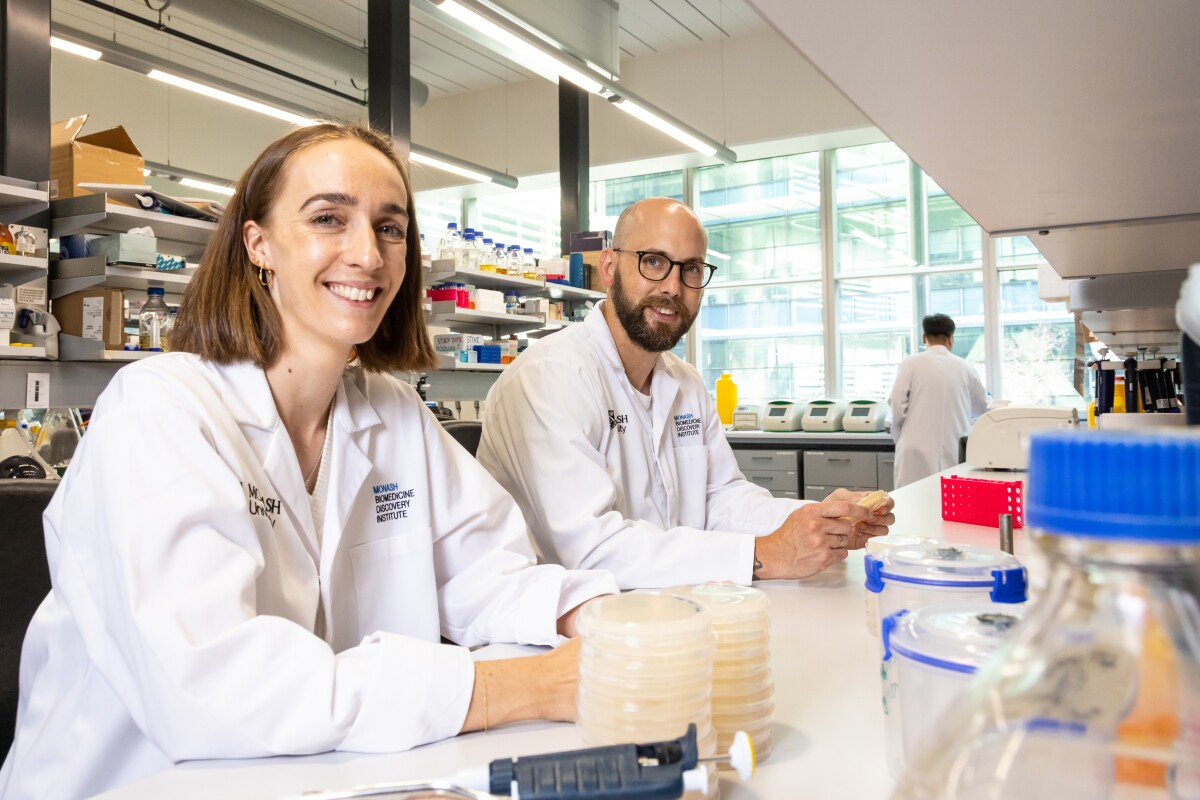While most of us will never bear witness to them, many of the world’s smallest organisms have some incredible means of survival. Some soil bacteria, for example, can gobble up hydrogen from the air and use it for fuel if starved of any other food.
It’s exactly this microbiological trickery that set researchers from Monash University in Australia on a long path to locating and isolating an enzyme from Mycobacterium smegmatis that processes the consumed hydrogen and outputs it as electricity. Now, this has the potential to be harnessed for use to power things such as small devices and implants.
“We've known for some time that bacteria can use the trace hydrogen in the air as a source of energy to help them grow and survive, including in Antarctic soils, volcanic craters, and the deep ocean," said Chris Greening, microbiology professor at Monash and co-lead of this study. "But we didn't know how they did this, until now."
While hydrogen only makes up 0.00005% of the atmosphere, this isolated hydrogen catalyzing enzyme, which the team called Huc, is able to consume it easily. And while bacteria removes 70 million tonnes [77 million tons] of hydrogen yearly from the air, the molecular structure of Huc sees the enzyme split the hydrogen molecules to form an electron transport chain, essentially producing an electrical circuit in the cell.
"Huc is extraordinarily efficient," says lead author Rhys Grinter from the university’s Biomedicine Discovery Institute. "Unlike all other known enzymes and chemical catalysts, it even consumes hydrogen below atmospheric levels – as little as 0.00005% of the air we breathe.”

It took the team five years and several dead ends to isolate Huc, but once they did they were amazed at many aspects of this little powerhouse.
"This process involved a lot of different steps, and at each step we felt we were making progress, which kept us motivated," Grinter told New Atlas. "Then when we finally hit on the method that worked, about two years ago, we were very excited, because not all projects like this pay off.
Huc offers extremely versatile and lengthy storage, and is like a battery that never runs out of juice – as long as there’s even a tiny amount of hydrogen bouncing around in the air.
"It is astonishingly stable," said Ashleigh Kropp, PhD candidate and co-author of the study. "It is possible to freeze the enzyme or heat it to 80 °C [176 °F], and it retains its power to generate energy. This reflects that this enzyme helps bacteria to survive in the most extreme environments.”
However, it’s a little premature to be celebrating Huc’s imminent commercial success. The scientists have so far only generated a small amount of charge from an equally small supply of the enzyme.
And while its practical use suggests the first step would be to aim for it serving as battery cells for small devices, such as clocks, LED globes or simple computers, Grinter believes that with time, funding and massively increasing the density of the enzyme, powering a car is a future possibility.
"I personally don't think this is outside the realm of possibility," Grinter told New Atlas. "The key point here is that the energy comes from the hydrogen and Huc acts as a catalyst for its conversion into electricity. To power a car you'd need to provide sufficient mass of hydrogen to provide the energy to move a car. Given the properties of Huc we demonstrate in our paper, we think it could be an ideal catalyst to perform this conversion. However, a lot of technological development would be required to make this a reality."
And with that development, the team believes that Huc-based technology should be able to deliver a competitively priced clean energy power source.
"Huc production is readily scalable and it can be generated from simple and cheap raw ingredients (e.g. plant-based agricultural products), which compares to expensive platinum-based chemical catalysts for hydrogen conversion," Grinter told New Atlas. "The cost of manufacturing Huc containing fuel cells is unknown at this stage, but should be comparable to electrical devices of similar complexity, which could make them economically viable."
The discovery also underpins how vital funding for research and development is across all areas of science. It's certainly not the first surprise new finding to come from a different field of study.
"The genesis of this project was environmental microbiology, which has led to major advances in our understanding of biochemistry, and we hope will ultimately lead to new technologies," Grinter added. "It's nearly impossible to predict where the next breakthrough will come from. So broadly, sustained funding of high-quality science across disciplines is incredibly important, both to create new knowledge and to develop new useful technologies."
The research was published in the journal Nature.
Source: Monash University





